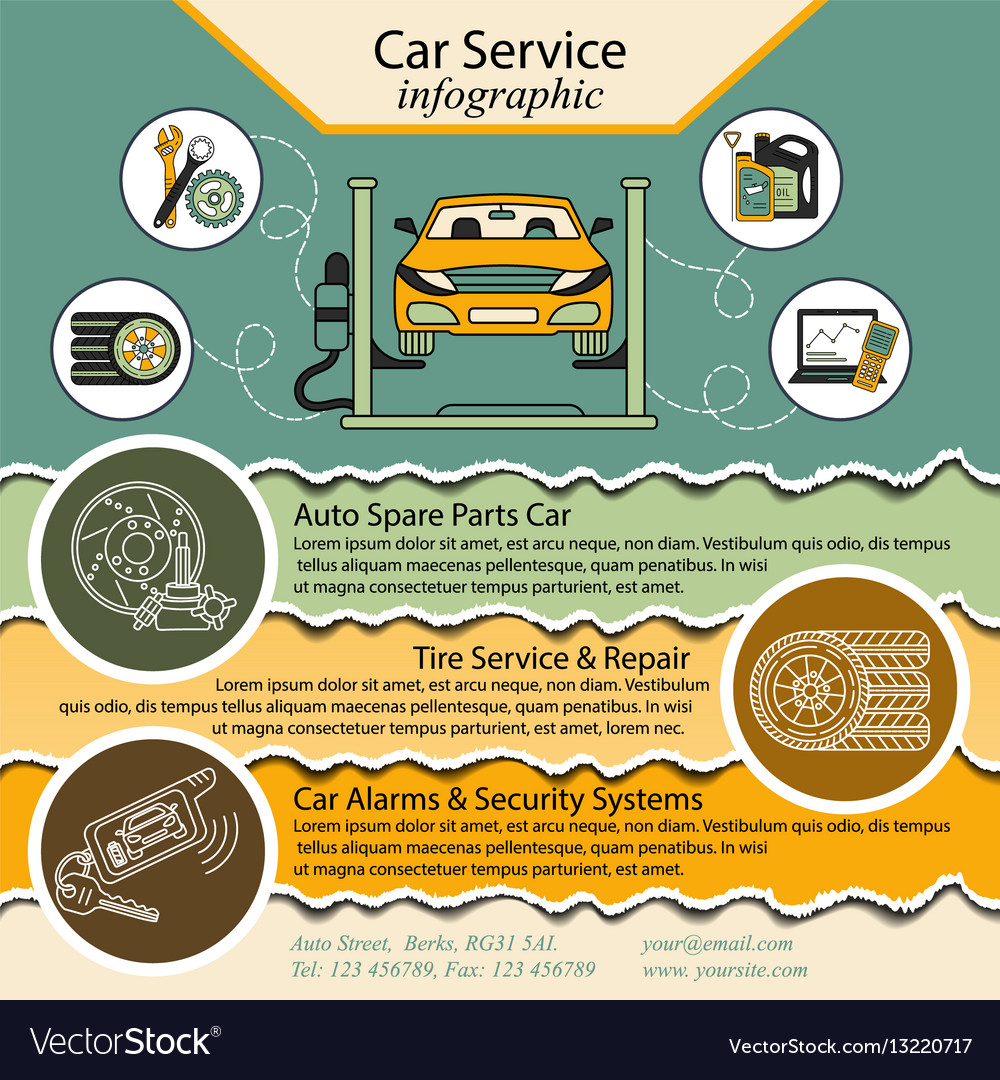Comprehending The Significance Of Your Automobile'S Warning Signals: What They Actually Stand For
Comprehending The Significance Of Your Automobile'S Warning Signals: What They Actually Stand For
Blog Article
see this here Develop By-Samuelsen Alvarado
When you lag the wheel, those radiant caution lights on your control panel can be a bit perplexing. Do clean car interior know what they're attempting to tell you regarding your auto's health and wellness? Comprehending the importance of these lights is crucial for your safety and security and the durability of your vehicle. So, the following time among those lights turns up, wouldn't you wish to decipher its message properly and take the needed steps to resolve it?
Common Caution Lighting and Interpretations
Determine common caution lights in your automobile and comprehend their significances to ensure secure driving.
The most normal warning lights include the check engine light, which signifies issues with the engine or exhausts system. If this light begins, it's crucial to have your car inspected without delay.
The oil pressure advising light shows reduced oil pressure, needing prompt focus to avoid engine damage.
A blinking battery light may recommend a malfunctioning billing system, possibly leaving you stranded if not resolved.
The tire pressure monitoring system (TPMS) light informs you to low tire stress, impacting vehicle stability and fuel effectiveness. Neglecting this might cause risky driving conditions.
The abdominal light suggests a trouble with the anti-lock stopping system, endangering your ability to stop swiftly in emergency situations.
Last but not least, the coolant temperature warning light warns of engine getting too hot, which can lead to serious damage if not resolved promptly.
Understanding these usual warning lights will certainly help you address concerns promptly and keep risk-free driving conditions.
Significance of Prompt Interest
Comprehending the usual warning lights in your vehicle is only the very first step; the significance of quickly dealing with these cautions can not be highlighted sufficient to ensure your safety and security on the road.
When a warning light illuminates on your dashboard, it's your vehicle's way of connecting a prospective problem that needs interest. Ignoring these warnings can bring about a lot more extreme issues down the road, jeopardizing your safety and security and possibly costing you more in repairs.
Prompt interest to cautioning lights can stop breakdowns and mishaps. For example, a blinking check engine light could suggest a misfire that, if left ignored, might cause damage to the catalytic converter. Resolving this promptly can conserve you from a pricey fixing.
In a similar way, a brake system warning light could signal reduced brake liquid or worn brake pads, critical components for your security when driving.
Do It Yourself Troubleshooting Tips
If you observe a caution light on your dashboard, there are a few DIY troubleshooting suggestions you can attempt before seeking specialist assistance.
The primary step is to consult your cars and truck's manual to recognize what the certain warning light shows. Occasionally the issue can be as easy as a loose gas cap setting off the check engine light. Tightening up the gas cap might deal with the issue.
https://brakerepairnearme28405.blazingblog.com/31286168/the-clear-cut-manual-for-identifying-reputable-car-repair-work-shops-in-your-region is a low battery, which can set off various cautioning lights. Examining the battery connections for corrosion and guaranteeing they're protected may take care of the issue.
If a caution light persists, you can attempt resetting it by disconnecting the automobile's battery for a couple of mins and after that reconnecting it. In addition, checking your lorry's fluid degrees, such as oil, coolant, and brake fluid, can help repair warning lights related to these systems.
Final thought
To conclude, comprehending your automobile's warning lights is crucial for keeping your automobile running smoothly and securely. By promptly dealing with these alerts and knowing what they indicate, you can avoid expensive repair work and potential break downs.
Keep in mind to consult your car's manual for specific details on each cautioning light and do something about it as necessary to make certain a hassle-free driving experience.
Stay informed, remain risk-free on the road!
